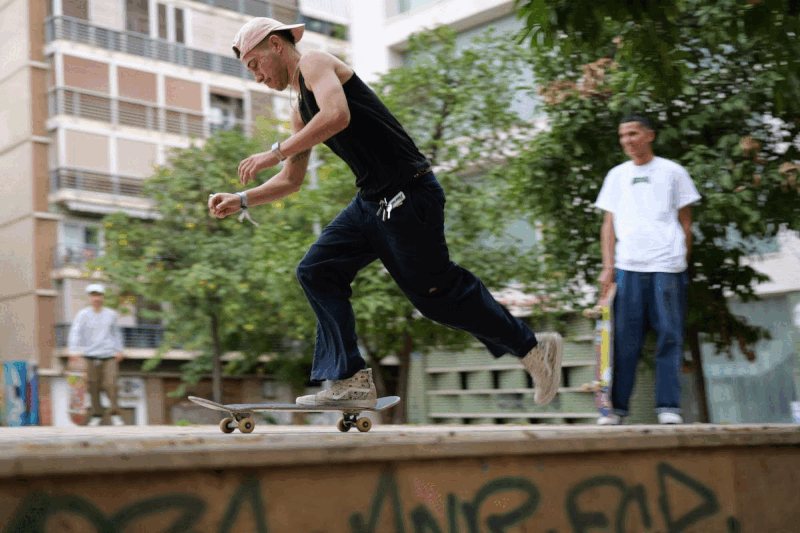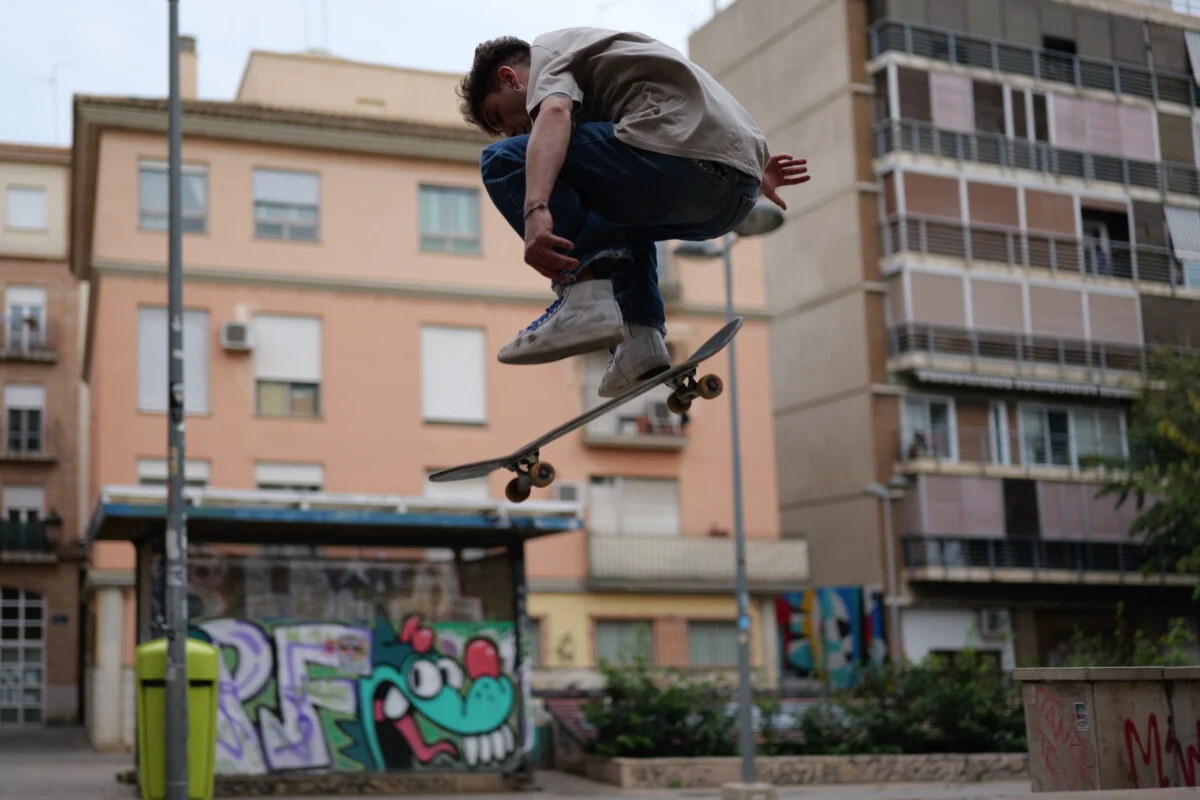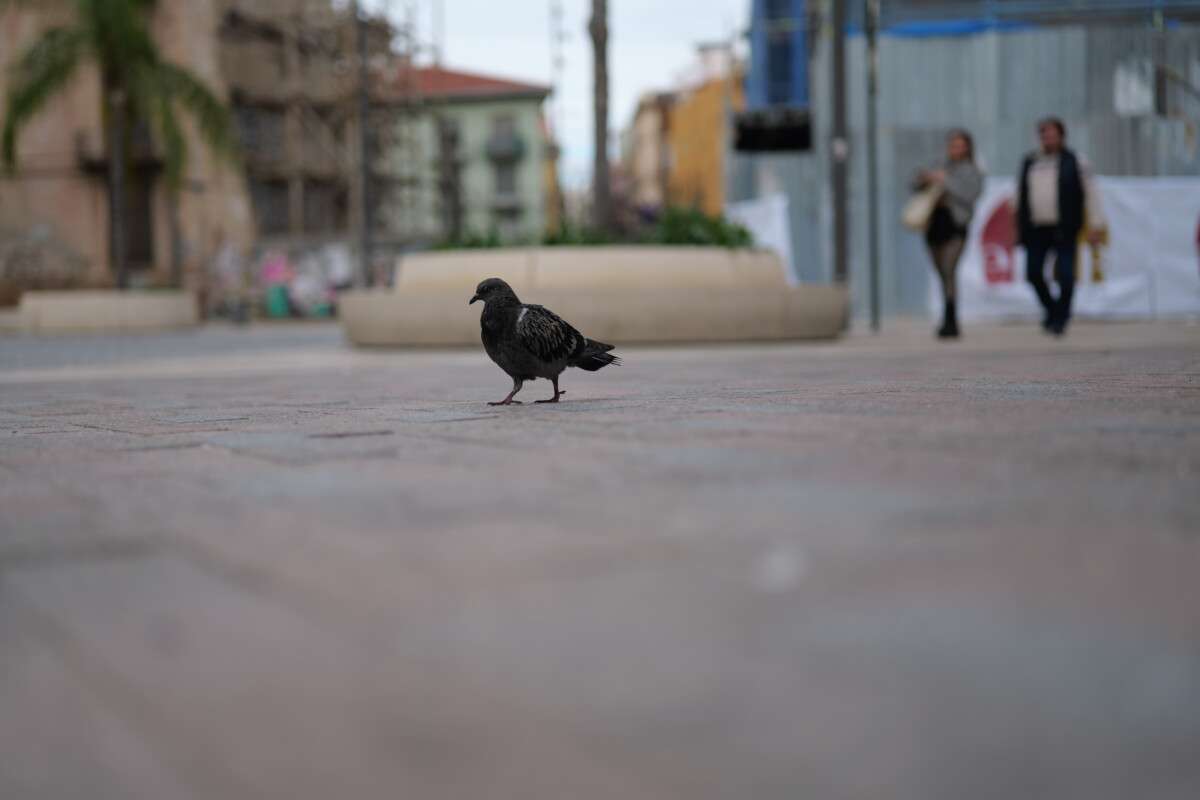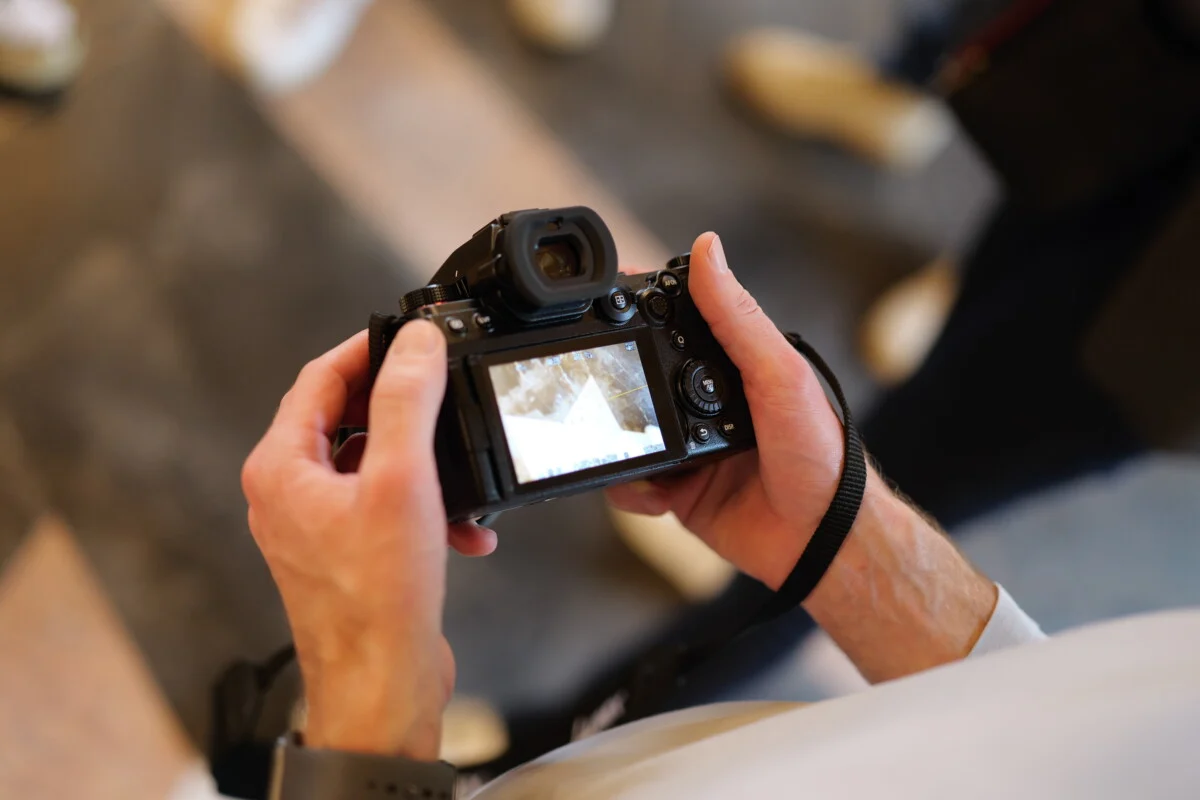The Lumix S5 II, with its improved phase detection autofocus and low price, aims to set a new standard in full frame photography. We were able to get our hands on it before it was released to the public.

With the Lumix S5, which already offers one of the best deals on hybrid cameras with full-frame picture sensors, Panasonic chose to further refine the concept and compete against the Sony A7 IV, Canon EOS R6 II, and Nikon Z6 II with the Lumix S5 II. We had the chance to hold it in hand and test this new case around Valencia’s streets as we waited for his comprehensive examination.
The Lumix S5 II was used to take every picture in this post. Unless otherwise specified, the JPGs are generated from RAW files that Silkypix software simply interprets. Additionally, a beta version of the firmware was used to create the images of this takeover.
A New, Very Reactive Autofocus On THE Lumix S5 II
The new hybrid focusing technology of the Lumix S5 II is without a doubt its biggest innovation. The Japanese manufacturer, Panasonic, has eventually chosen to use a phase detection technology in addition to contrast detection, which it values much. This focusing technology is meant to be significantly quicker and allow for greater subject tracking, particularly while taking pictures of sports or animals. I had the chance to photograph a bunch of skateboarders as they attempted to leap in order to test this innovation, as can be seen on the burst below.

As you can see, I was able to hold the focus on the subject throughout the whole shot with the exception of when he moved behind the tree thanks to the phase detection autofocus of the Lumix S5 II. However, the gaze quickly caught up as the skater was once more visible.
Read also : GeForce RTX 4070 Ti Review
Above all, I was able to take effective pictures of the subject in full flight thanks to the improved autofocus and the electronic shutter’s burst mode, which can capture up to 30 photographs per second. If I had to repeat it, it was due to my poor ability to observe and predict motions rather than a problem with the instrument.

With the inclusion of a well-placed joystick that can be used to control the Lumix S5 II on four axes, or eight directions, including the diagonals in addition to the horizontal and vertical axes, we have a highly ergonomic box for the action shot at a particularly affordable price. Most importantly, it should be remembered that its major rival, the Sony A7 IV, is still only able to shoot a burst of 10 photographs per second. It is unquestionably superior over the Lumix S5 II’s mechanical shutter mode’s 9 photos per second, but it is still much slower than the electronic shutter mode’s 30 photographs per second.
When using the joystick to choose an item or animal, autofocus is very useful. It was sufficient for me to place the subject on the bird in the image below for the autofocus to stay on it in AF-C mode, even while human subjects faded into the background.

The autofocus also has no difficulty under more difficult light conditions and has even allowed me to capture several photos of large soap bubbles in the street. An exercise that would have been particularly complicated with a simple contrast detection due to the many light elements everywhere on the stage, including behind the bubble.


As long as we consider how the Lumix S5 II performs in low light, we will see a good efficiency together with a lovely increase in ISO sensitivity. The sceneries in the pictures below were taken at ISO settings of 2000, 4000, and 6400 while maintaining automatic sensitivity. The casing did not flinch, and the photos are absolutely useable with very little digital noise.

An Ergonomic Lumix S5 II Case :
Additionally, the Lumix S5 II is exceptionally user-friendly and ergonomic. We will return to this in our comprehensive evaluation, but even though I haven’t had a chance to spend much time exploring the box’s menus or customization possibilities, this is a gadget that feels very comfortable in the hand. With a more apparent location for the middle finger thanks to the reasonably strong grip, you can easily take the housing in bread. The notched wheel at the back of the casing, as well as the front and rear wheels, are readily grasped by the fingers to swiftly adjust the exposure conditions. A minor criticism is that Sony has a specialized wheel for exposure adjustment, but you have to reach it through a menu. However, it is strategically placed next to the keys for ISO sensitivity and white balance.

Also take note of the fact that the screen may rotate 180 degrees because it is attached to the ball. An very nice touch for videastats who want a return throughout their vlog segments.


A selection wheel for the shooting mode, a little cursor to switch from AF-S to AF-C or to manual development, and a third wheel to activate the delay, burst mode, or high resolution mode at 96 megapixels in RAW + JPG are also available on the wheel side. However, unlike the Lumix GH6 and in its 100 megapixel high resolution mode, the S5 II can sadly only be used on a tripod and not by showing one’s hands.
Price and Availability of Panasonic Lumix S5 II
January will see the release of the Panasonic Lumix S5 II, which will cost 2199 euros without a lens. It will also be sold in a kit for 2499 euros that includes a 20-60 mm (f/3.5-5.6) target lens that was used for some of the images taken during this takeover.
The Sony A7 IV, which costs 2799 euros without objectives, is the most affordable full-format hybrid device that Panasonic is clearly trying to compete with at this price. Nikon Z6 II and Canon EOS R6 II are also visible in Panasonic’s viewfinder.
Also of note is the fact that Panasonic used the occasion to introduce a new 14-28 mm (f/4-6.6) wide-angle zoom lens. This will be sold for 799 euros throughout the month of February.


